Refill
Refill
Refill in Packaging
The term Refill in packaging refers to the practice of reusing a container by filling it with a new supply of the same product. This approach helps reduce waste and promotes sustainability.
Why Refill Matters
Refillable packaging is important because it minimizes the need for single-use containers. By reusing packaging, we can significantly cut down on plastic waste and other materials that harm the environment.
Types of Refill Packaging
There are various types of refill packaging. Common examples include refillable bottles for cleaning products, cosmetics, and even food items. Some brands offer refill stations where customers can bring their own containers.
Benefits of Refill Packaging
Refill packaging offers several benefits. It reduces the amount of waste sent to landfills, lowers the carbon footprint, and often saves money for both consumers and manufacturers. Additionally, it encourages a more sustainable lifestyle.
How to Use Refill Packaging
Using refill packaging is simple. First, purchase a refillable container. When the product runs out, buy a refill pack or visit a refill station. Pour the new product into the original container, and it’s ready to use again.
Examples of Refill Packaging
Many companies now offer refill options. For instance, cleaning brands sell concentrated refills that you mix with water in the original bottle. Cosmetic brands provide refill pods for items like foundation and moisturizer.
Conclusion
Refill packaging is a practical and eco-friendly solution. It helps reduce waste, save resources, and promote a sustainable future. By choosing refill options, you contribute to a healthier planet.
Blog Posts with the term: Refill
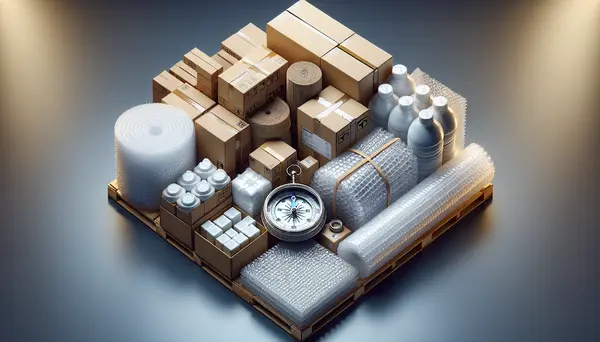
Packaging regulations are crucial for businesses involved in the manufacture, distribution or sale of packaged goods. They protect consumers and support fair competition by governing every aspect of packaging from design to label information. Compliance with these rules is essential...
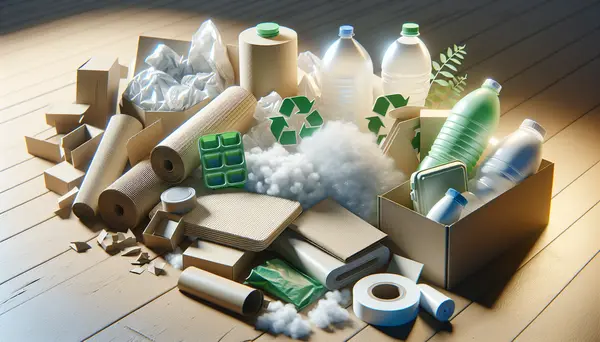
Sustainability in packaging design is a crucial issue that focuses on environmentally friendly practices and materials throughout the packaging process, with the goal of reducing environmental impact. It entails using the three Rs - reduce, reuse and recycle - to...
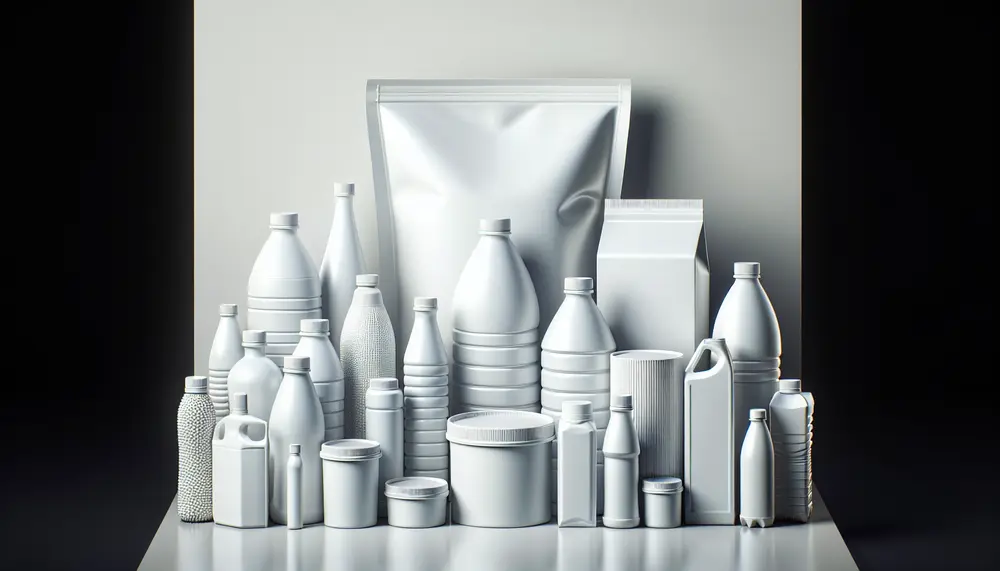
HDPE packaging is valued for its durability, lightweight nature, and resistance to environmental factors. It's versatile in shape and size customization, cost-effective during transport due to its light weight, and environmentally friendly as it's 100% recyclable. High-density polyethylene (HDPE) is a...
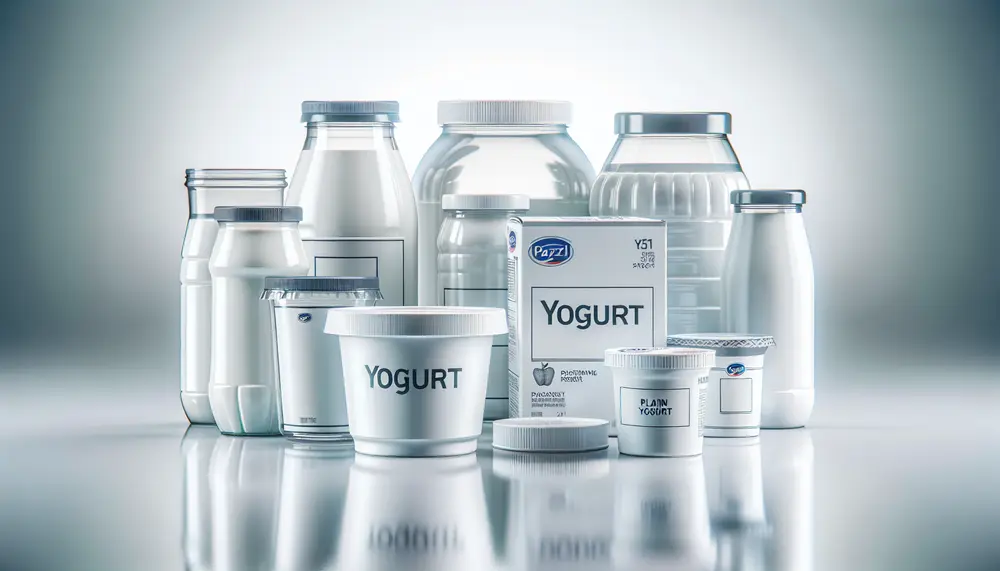
The article discusses the significance of yogurt packaging materials in preserving quality, extending shelf life, and marketing. It highlights various types of packaging like glass, plastic, composites, eco-friendly alternatives, and metal containers with their respective properties. Packaging choices for yogurt impact...
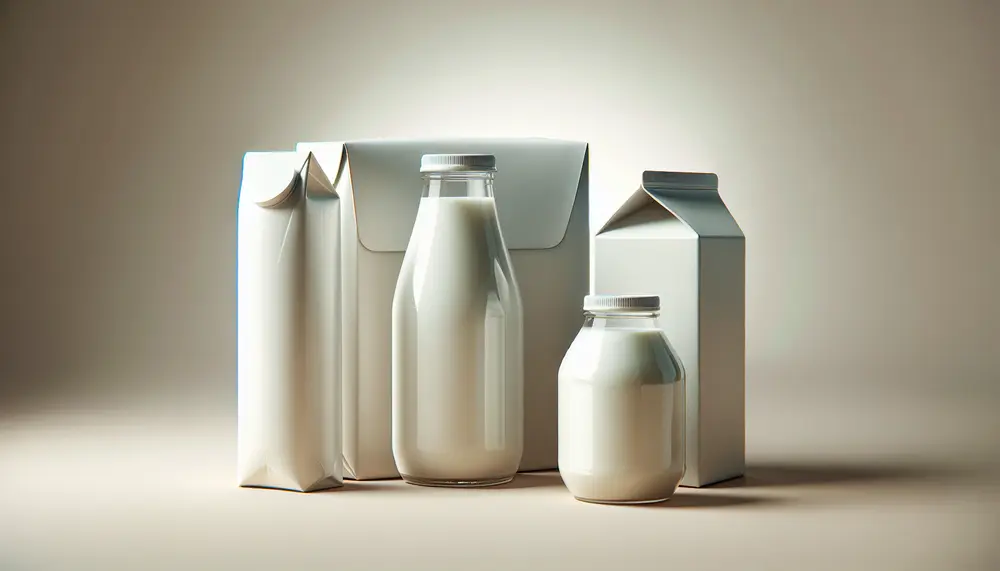
This article discusses the evolution and variety of milk packaging materials, highlighting their role in preserving milk's freshness, taste, and nutrition. It covers historical advancements from glass bottles to modern sustainable options, examining each material's benefits and drawbacks for consumers...
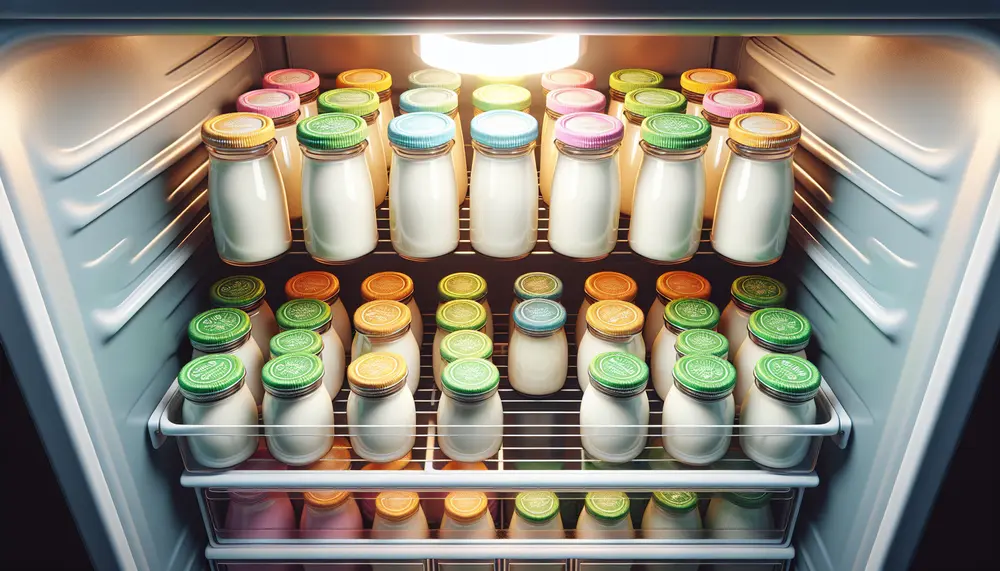
Yogurt packaging is essential for maintaining freshness, quality, and safety; it requires an effective barrier against oxygen and light, strength during transportation, regulatory compliance for food contact, and advanced sealing technology. Innovations in the market include smart features like freshness...
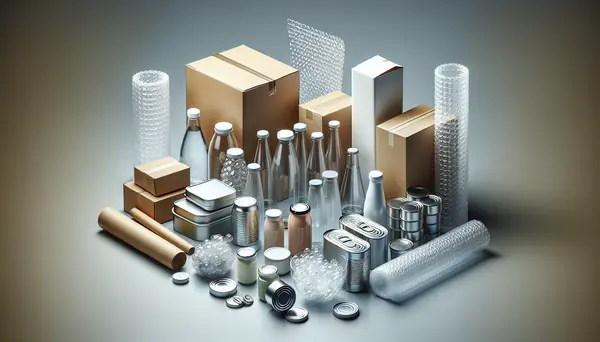
Packaging plays a crucial role in marketing, serving as the initial contact point between consumers and brands. It not only protects the product but also communicates its story, reflects brand identity, influences purchase decisions through design and functionality, attracts attention...

Glass packaging is valued for its durability, inertness, and transparency, ideal for storing various products while being 100% recyclable. Different types of glass like borosilicate and soda-lime are used in packaging due to their unique properties such as thermal resistance...
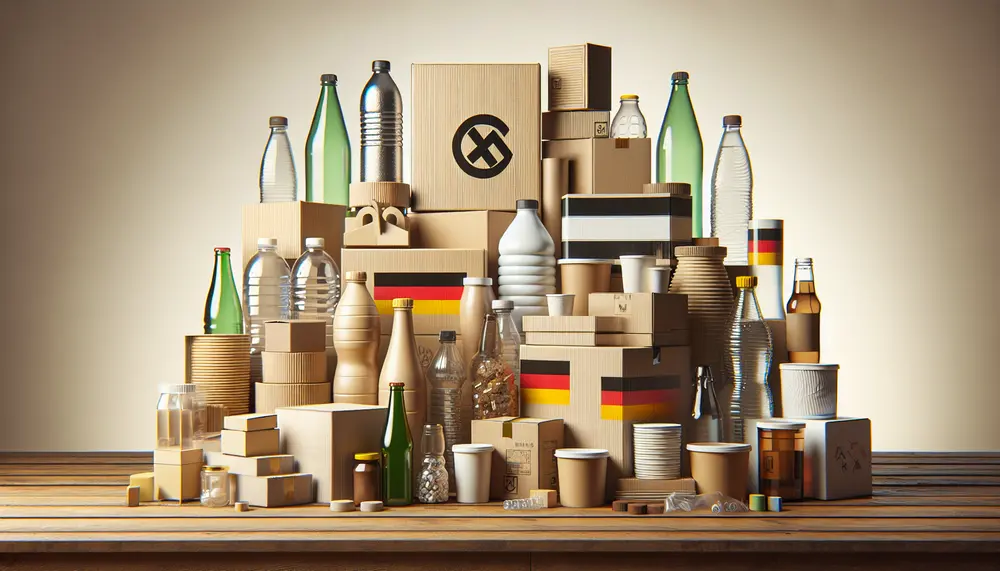
The German Packaging Law (VerpackG) aims to reduce packaging waste by holding producers and distributors accountable for the recycling of their product packaging, with strict compliance enforced through registration and reporting via the LUCID portal. All businesses introducing packaged goods...
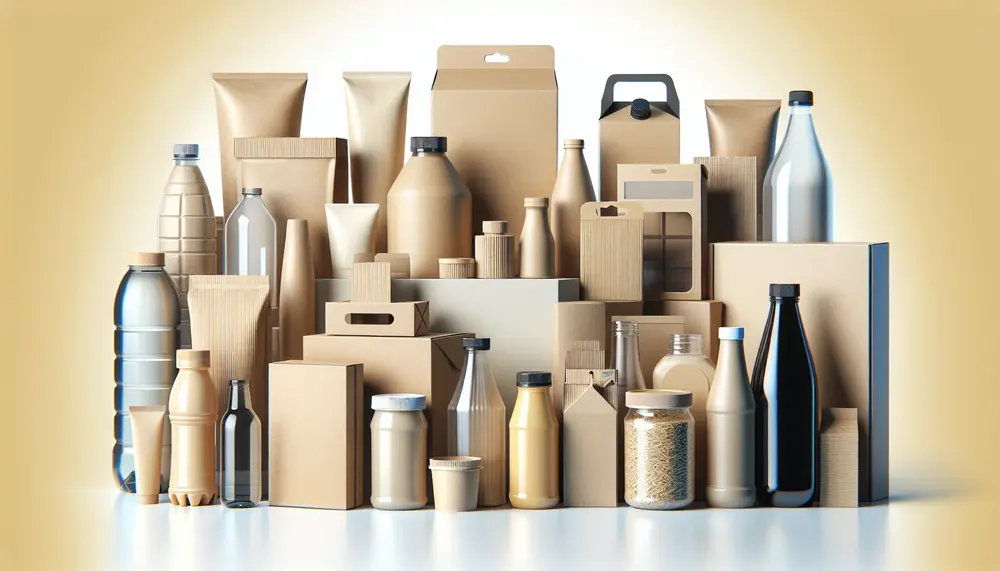
Packaging design has evolved from mere protection to a complex brand storytelling and consumer engagement tool, incorporating aesthetics, functionality, sustainability, and technology. It enhances user experience through convenience, visual appeal, emotional connection, and by reflecting the product's quality....
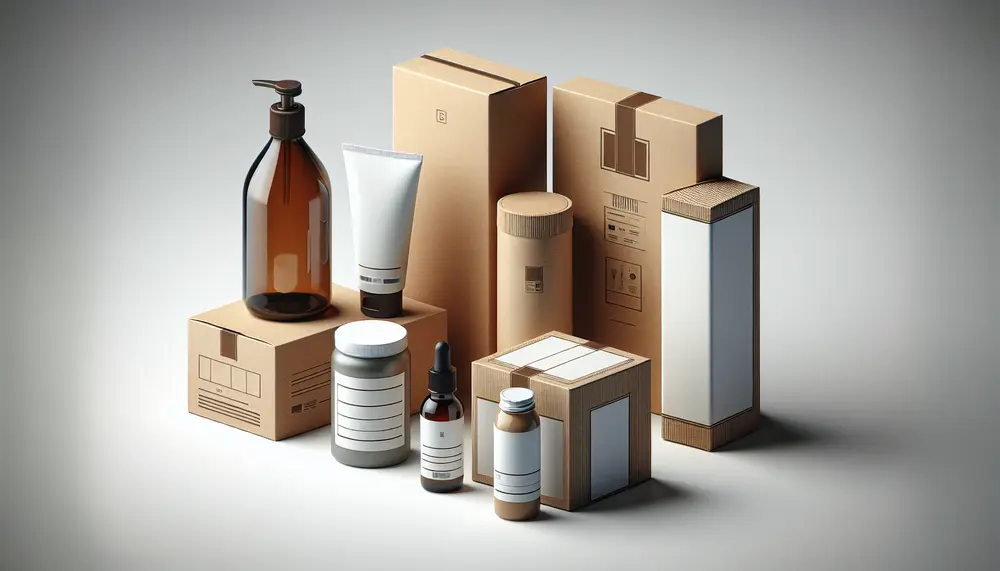
Integrating packaging and product design is essential for brand consistency, user experience, cost efficiency, and sustainability; it enhances consumer perception through visual appeal, functionality, informative content, eco-friendly practices, and technological innovations like smart packaging....
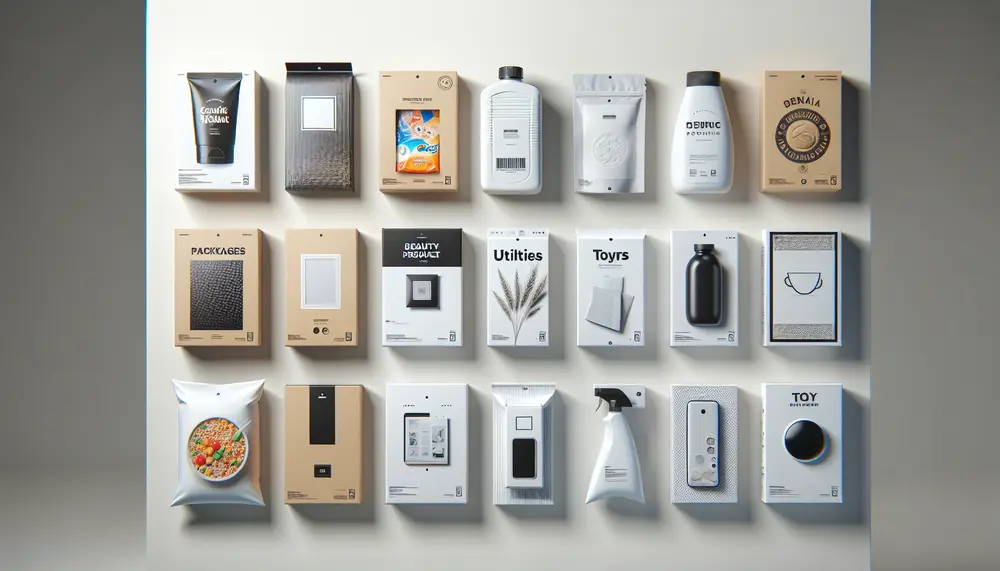
Packaging plays a critical role in first impressions, influencing consumer perception and purchasing decisions within seconds by conveying brand identity and evoking emotions. Design elements like clarity, typography, imagery, consistency, and functionality are key to creating packaging that is both...
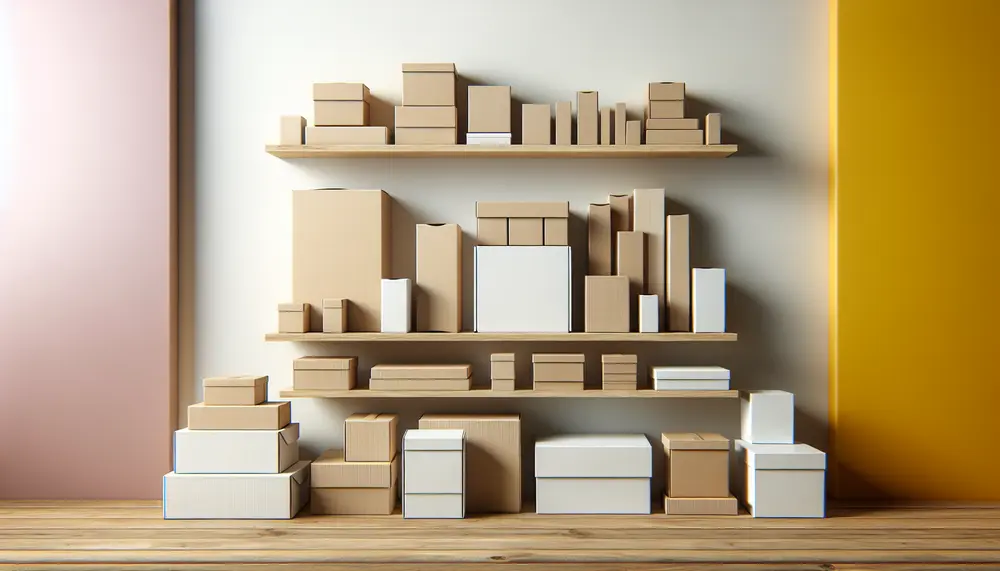
Packaging design is crucial for product protection, branding, and consumer engagement, involving elements like material choice and functionality that align with brand identity. It's a strategic tool in branding, creating emotional connections through visual/tactile cues and differentiating products in competitive...
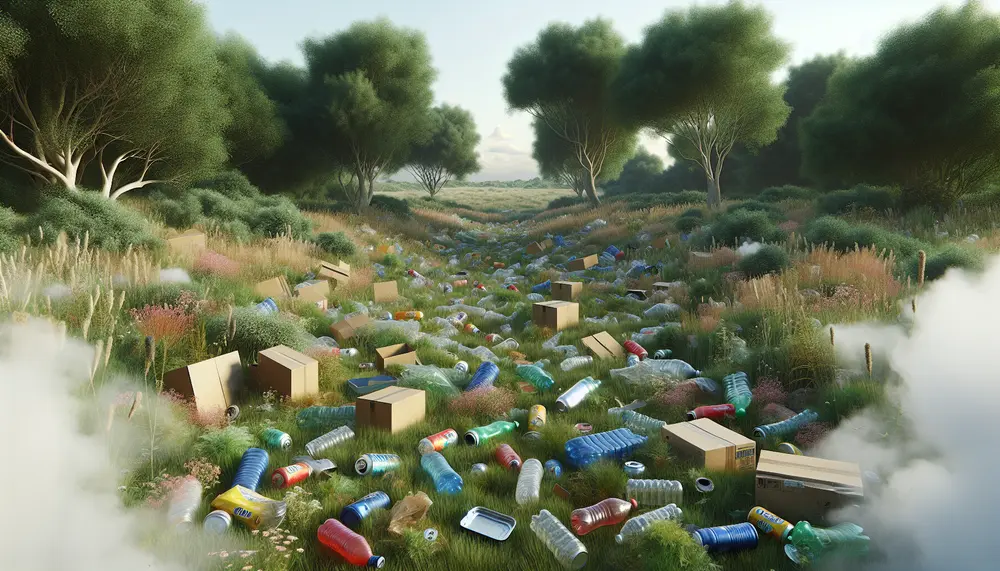
The environmental footprint of packaging is a complex issue involving the entire lifecycle from raw material extraction to disposal, with plastics contributing significantly to global warming and pollution. Strategies for reduction include resource efficiency, recycling technology advancements, renewable materials usage,...
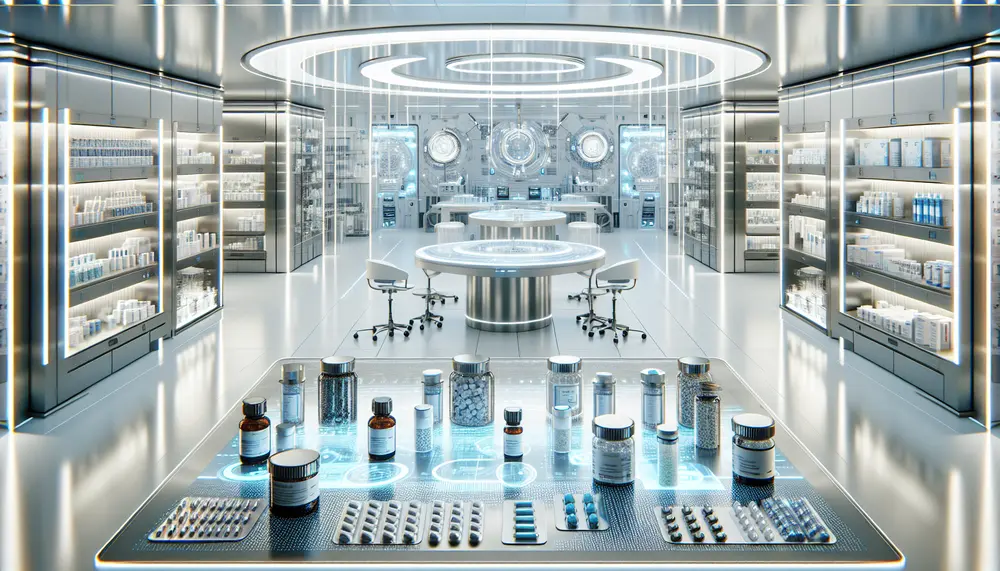
The pharmaceutical packaging industry is rapidly evolving with trends focusing on sustainability, smart technologies, and personalized solutions to meet consumer demands and regulatory requirements. While these innovations offer benefits like reduced environmental impact and enhanced patient engagement, they also present...
